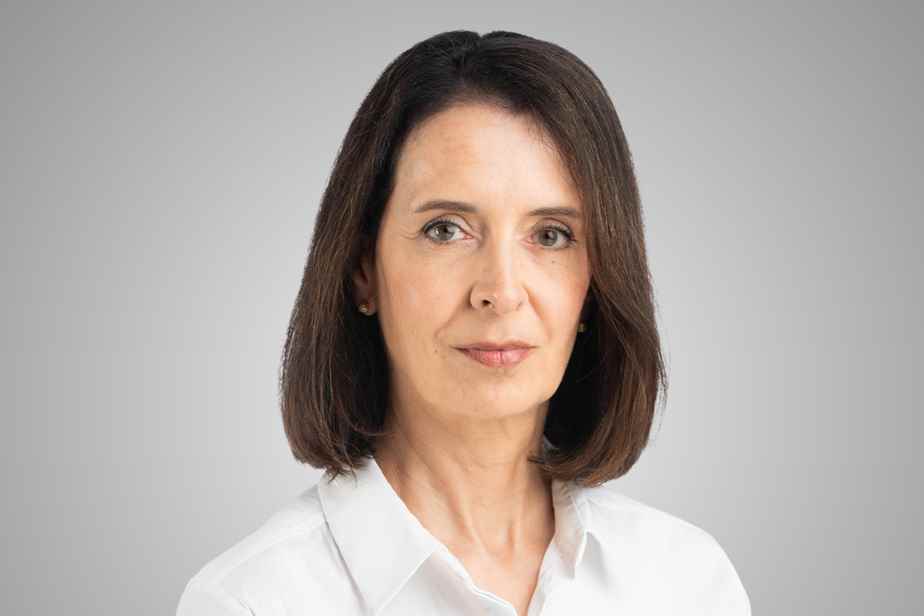Three alcoholic drinks per week for women, six for men. These are the recommendations of the Canadian Center on Substance Use and Addiction (CCSA).
Posted September 4
His project to update the Low-Risk Alcohol Drinking Guidelines confirms what we already know: drinking alcohol increases the risk of cancer. It is also harmful to the heart, experts remind us, in addition to increasing the risk of committing acts of violence.
Based on international data, the group of experts therefore proposes a “risk continuum”. The risk is negligible to low if we drink less than three glasses per week, but it becomes moderate if our consumption increases from three to six glasses. At seven or more drinks a week, you run a higher risk of having a stroke or having heart disease, in addition to the risk of developing cancer.
Yes, our sip of chardonnay goes wrong when we learn about these new benchmarks.
But deep down, we still suspected a little. A study published in The Lancet Oncology a little over a year ago informed us that 4% of cancers diagnosed worldwide in 2020 were linked to alcohol consumption. Of this number, 13% were linked to the consumption of 20 grams of alcohol per day, the equivalent of one and a half drinks.
The new directives from the CCSA, which will publish the final results of its study next November, still caused shock waves. We could summarize the collective reaction as follows: do not touch our glass of wine!
It must be said that these new directives collide head-on with our way of life where any occasion is good to raise our glass.
A birthday, a promotion, good news, a more difficult day, unruly children, the arrival of the weekend… whatever the reason, it’s always time for a drink somewhere.
It’s hard to avoid invitations to drink, they are everywhere: on billboards, in the subway, on social networks where alcohol influencers abound. On TV, too, where each series includes at least one scene where we pour ourselves a drink. Alcohol is rarely presented in a negative light: people drink to reward themselves, to celebrate, to “treat themselves”.
The authors of the study are well aware that their new guidelines are the equivalent of a corked glass of wine: they cause grimaces.
To question our consumption of alcohol is to attack a big taboo.
The authors of the document also devote a section to the opinions of Canadians about their alcohol consumption. Among other things, we learn that people who drink alcohol regularly are unaware of the risks associated with their consumption. As for those who know the risks, they justify their consumption and have a positive perception of it, especially in social situations. Unsurprisingly, people say they prefer advice to strict rules and moralizing messages.
Despite everything, the group of experts would like Canada to make it mandatory to label bottles to warn consumers about the harmful effects of alcohol, as is done on cigarette packets. It is being discussed within the European Union, even though the wine industry is fiercely opposed to it.
Will we see SAQ taste tags appear that say: fruity, lively… and carcinogenic?
It may be overstated. However, we could draw inspiration from the Yukon’s approach. After backtracking and removing labels from bottles that said “alcohol can cause cancer,” the government is now offering labels that suggest a maximum number of drinks to “reduce health risks.”
The reaction of Quebec wine stakeholders is likely to be similar to that of European winegrowers, but in the name of what would we deprive the population of crucial information about their health?
We have a choice: we imitate the ostrich by burying our heads in the sand or we discuss frankly the place that alcohol occupies in our lives.
That’s what more and more young sobriety influencers are doing who have nothing to do with temperance guardians and other abstinence advocates. Basically, their message could be summed up as follows: drinking is a convivial activity, so let’s drink… without alcohol. One proof among others that their message carries: sales of alcohol-free products increased by 62% in 2021 at the SAQ. And more and more establishments are offering a menu of mocktails (non-alcoholic cocktails).
Of course, at the end of the day, when the cellar is eyeing us, it’s up to each individual to manage their risk. But still it is necessary to be well informed.
